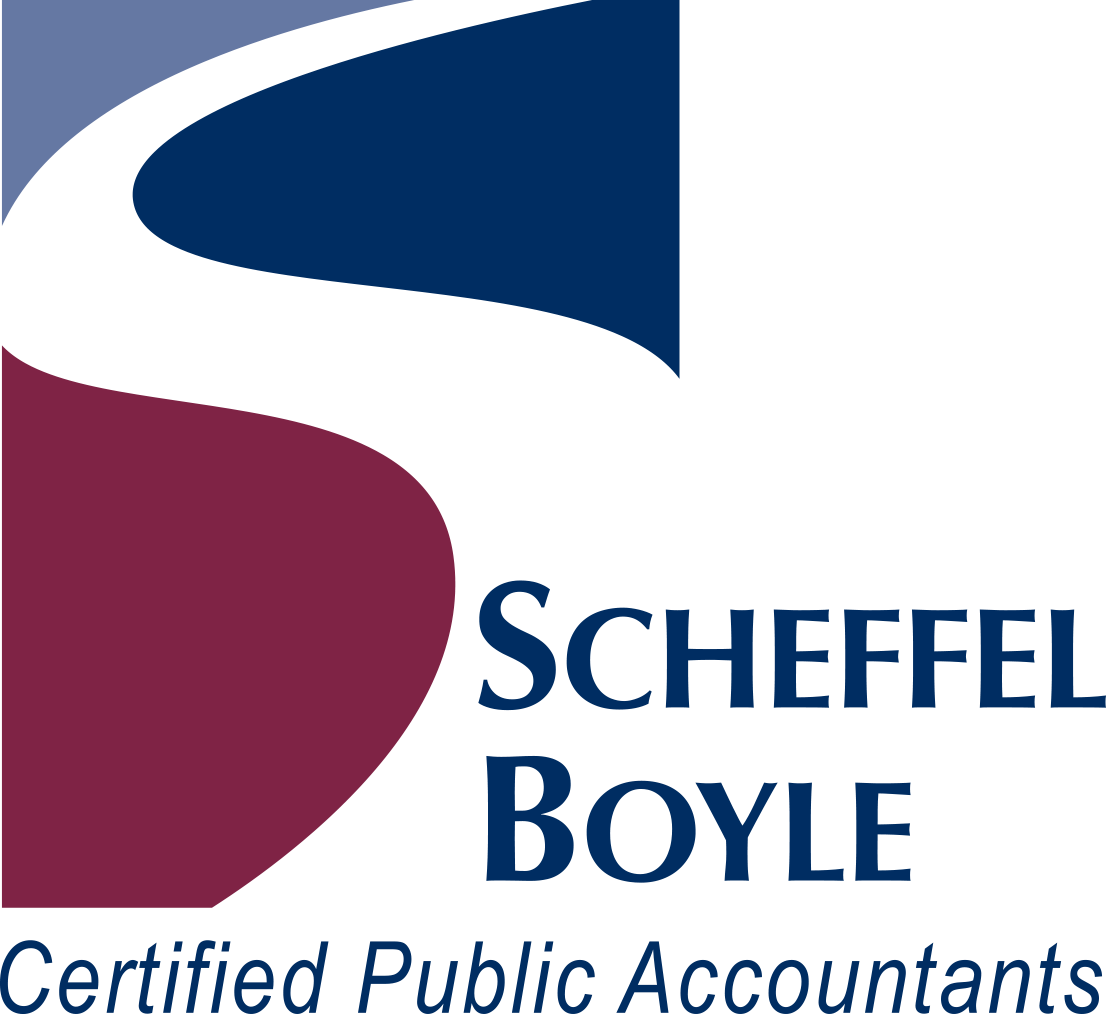Reducing Employee Turnover
American workers’ median tenure with their employers is 4.6 years. However, younger employees (those ages 25 to 34) have a median tenure of only three years.* A revolving door of employees can be a major problem for companies.
Consider the Costs
If your construction firm has experienced high employee turnover, then you know first-hand the high costs of recruiting and training replacements. A study by the University of California** reports that it costs about $2,000 to replace blue collar and manual labor workers and up to $7,000 to replace professional and managerial employees.
But financial costs are not the only concern. Disrupted schedules, additional work for other employees, and high stress levels also can be problems. You can avoid the expense and the work associated with high employee turnover by implementing strategies that help new hires settle in and become valuable, long-term employees.
Mentor New Hires
Very few employees will hit the ground running. The majority will need time to adjust to learning new skills, absorbing company protocols and procedures, and developing new relationships. That’s why creating a structured process of welcoming and acclimating new employees can go a long way in increasing employee retention rates.
Consider assigning an experienced mentor or coach to each new hire for at least 90 days. Providing new hires with an organizational chart with names and titles that illustrates the company’s hierarchy is also helpful.
New hires need to know that they will have a future in your company. Providing them with a career development plan that outlines short- and long-term goals can help reassure them about their future prospects.
Over time, the mentor should introduce new hires to managers, supervisors, and coworkers to facilitate team building and encourage a sense of belonging. Also, it’s important that owners and managers deliver regular performance reviews, provide regular feedback, and answer any questions a new hire may have.
The ultimate goal of this process is to give employees the resources they need to do their jobs effectively and to help them reach their full potential. Engaged, motivated employees who feel their efforts are valued are more likely to be satisfied and productive long-term employees.
* U.S. Department of Labor, Bureau of Labor Statistics, News Release, Employee Tenure in 2014
** Arindrajit Dube, Eric Freeman, and Michael Reich (2010), “Employee Replacement Costs,” IRLE Working Paper No. 201-10, www.irle.berkeley.edu/workingpapers/201-10.pdf
“If your construction firm has experienced high employee turnover, then you know first-hand the high costs of recruiting and training replacements.”


